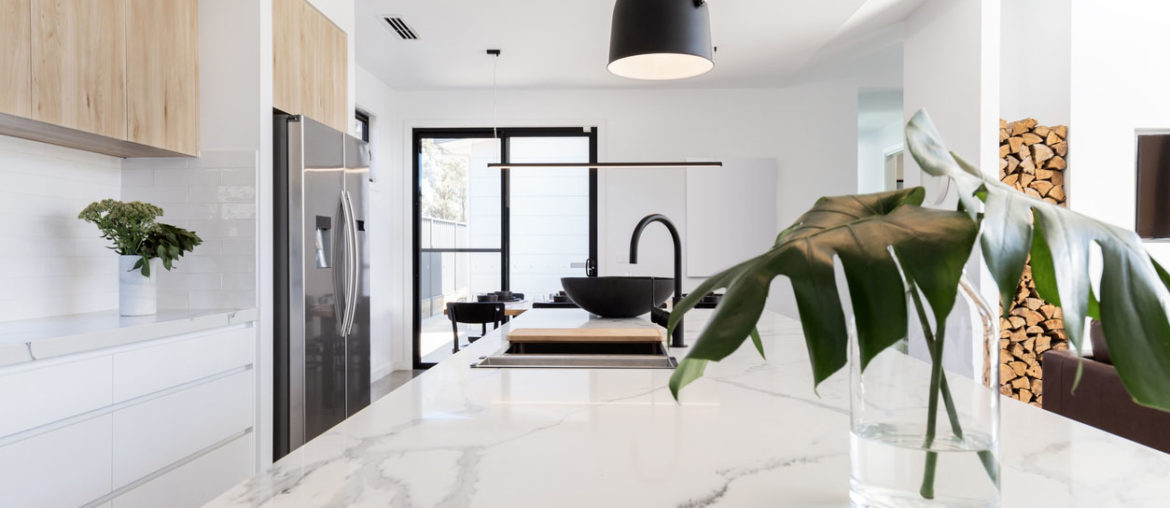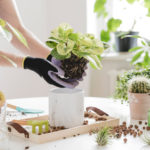Green plants require at least 12 hours of full light per day, and flowering plants at least 16 hours. A few well-arranged auxiliary lamps will restore good looks to your plants. So, how do you properly light your green plants and try to reproduce what nature offers them outside? Our detailed explanations.
Outdoor plants above all
No plant – basically – is designed to live inside a home! All the plants that we qualify as “houseplant” or “houseplant”, are in fact outdoor plants, which grow in hot countries where the temperature never drops below 0 ° C.
In Europe, we grow them in pots and keep them in our homes to allow them to spend the winter protected from the cold. These plants are therefore used to living in full light, just like the rose bush or thuja in your garden.
Less light
Even if the weather is bright enough to move, read or sew, know that there is always much less light in a living room, even with large windows, than in the middle of the garden.
So, facing a window and 2 m away from it, there is 4 times less light than outside … This rule, to remember, explains why plants should always be placed in apartment close to the windows, behind a curtain to avoid sunburn.
Give clarity
Plants cannot always be grouped around windows, especially because of the presence of heaters that would burn them or dry them out in winter. Here are some tips so that your plants can capture more light in the house: white walls, wall mirrors, revolving bases under the pots. The ultimate solution and by far the most effective, artificial lighting with spotlights or fluorescent tubes that replace sunlight in really dark rooms.
To read also: How to properly buy your indoor plants?
Choose suitable lighting
For maximum effect, use fluorescent tubes or special bulbs, reproducing daylight. These lamps have standard dimensions and adapt to spots and usual strips. Prefer the tubes, which you will place vertically, for large plants or groups of plants.
Spotlights, which produce more localized lighting, are more suitable for plants with a small footprint, or those that are well insulated. Depending on the power of your lamp, from 8 to 58 watts, allow a distance of about 30 to 50 cm between the foliage and the light source.
If you notice any burns on the leaves, move the lamp back a few inches. If, on the contrary, the plant withers, move the lamp closer.
How long to light?
The majority of plants installed indoors require at least 12 hours of light per day, and even up to 16 hours for flowering plants or those with colorful or variegated foliage.
To make it easier for you, install a timer on the outlet, and program the lighting from the end of the day to the next morning.
The plants will thus benefit from this artificial lighting in addition to the natural light, even weak, received during the day, and you will realize substantial savings if you have opted for an electricity contract including “off-peak hours”.
Make the cuttings
Cuttings not only need warmth and humidity, but they also appreciate extra light. Install a fluorescent tube above your miniserre, your pots or vases where you put twigs to root. Maintain this lighting permanently until the resumption of your cuttings. Then you will only light them for a dozen hours a day like the other green plants in the house.
Read also :









